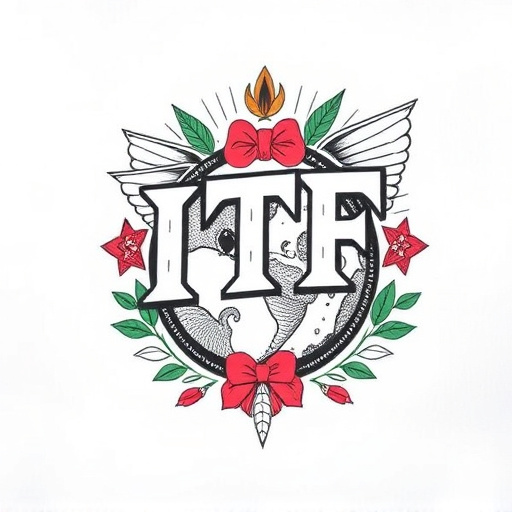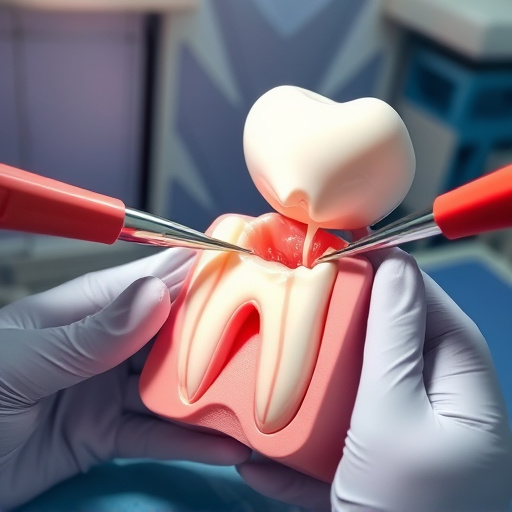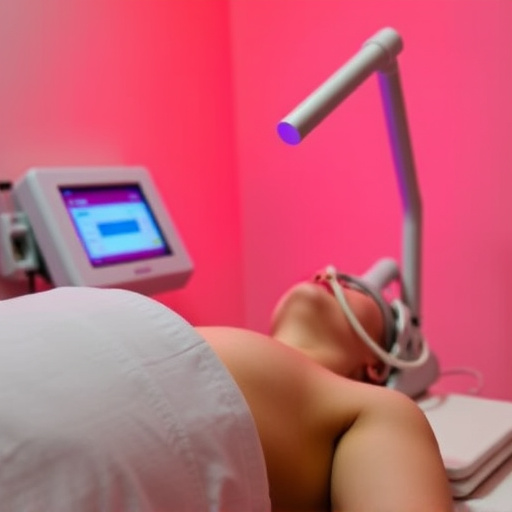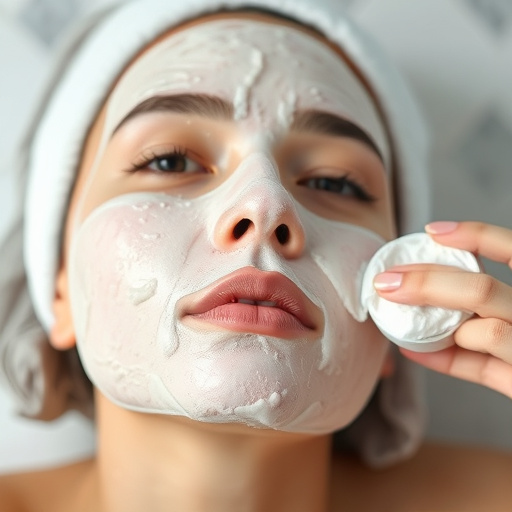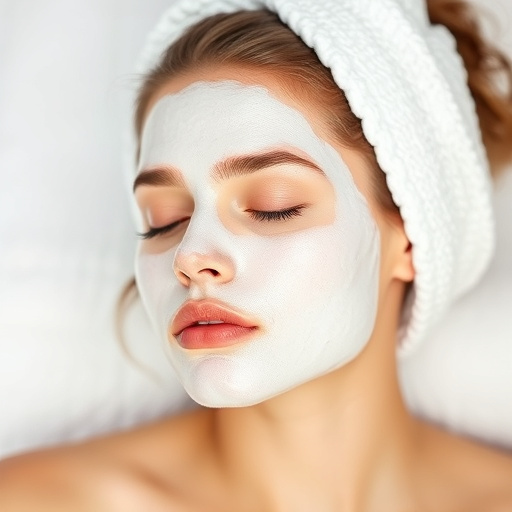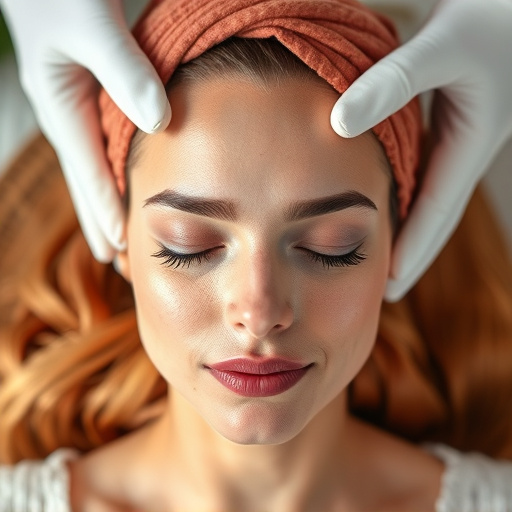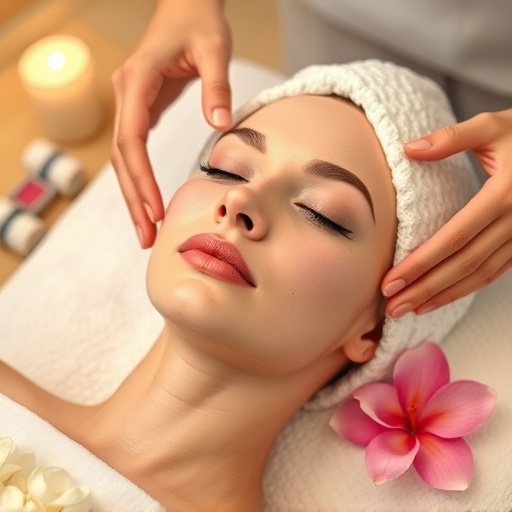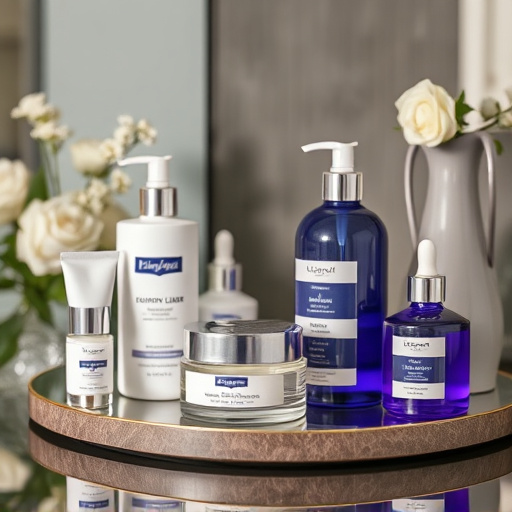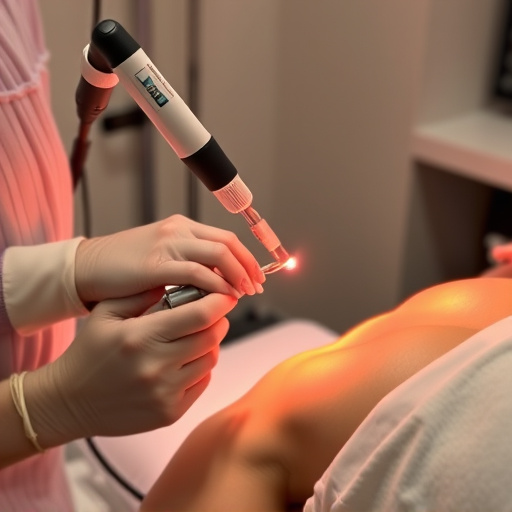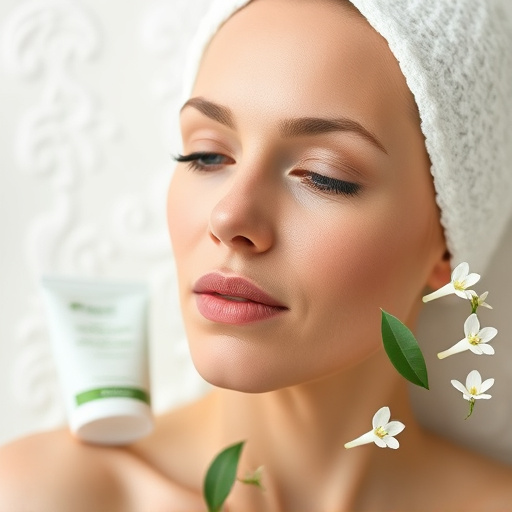Rosacea is a chronic skin condition characterized by facial redness and bumps, caused by genetic factors, environmental triggers, and blood flow changes, predominantly affecting women with fair skin. Treatment includes topical medications, oral antibiotics, lifestyle adjustments, and procedures like microneedling and laser therapy to reduce inflammation, manage bacterial overgrowth, improve skin texture, and minimize symptoms. Effective rosacea management requires personalized skincare, identifying triggers, and adjusting daily routines under professional guidance, combining non-surgical treatments with aesthetic practices for improved skin health and reduced visible signs.
Say goodbye to persistent red patches and embrace clear, calm skin with our comprehensive guide to rosacea treatment. Understanding this skin condition, from its elusive causes to telltale symptoms, is the first step. We then delve into effective treatments, ranging from topical medications to lifestyle adjustments, offering a personalized approach for optimal results. By following these strategies, you can bid farewell to rosacea and reclaim your confident glow. Discover tailored rosacea management plans that work for you.
- Understanding Rosacea: Causes and Symptoms
- Effective Treatment Options for Rosacea
- Creating a Personalized Rosacea Management Plan
Understanding Rosacea: Causes and Symptoms

Rosacea is a chronic skin condition that affects millions worldwide, characterized by redness and small, raised bumps on the face. Understanding its causes and symptoms is the first step towards effective rosacea treatment. The condition typically develops in stages, beginning with mild facial redness that can be easily missed. Over time, it progresses to more pronounced redness, small blood vessels visible on the skin’s surface, and small, red, raised bumps that may ooze and crust over. These symptoms can cause significant distress, impacting one’s self-esteem and daily life.
Various factors contribute to the development of rosacea, including genetic predisposition, environmental triggers, and changes in facial blood flow. Demographic factors play a role, with women, particularly fair-skinned individuals, more commonly affected. Environmental stimuli like sunlight, extreme temperatures, certain foods, and even emotions can trigger flare-ups. Rosacea treatment plans often involve a combination of strategies, such as topical medications to reduce inflammation, oral antibiotics to manage bacterial overgrowth, and lifestyle adjustments to avoid triggers. Procedures like microneedling therapy and laser hair removal, while not direct treatments for rosacea, can aid in improving skin texture and reducing the visibility of symptoms, offering additional options for those seeking comprehensive rosacea management.
Effective Treatment Options for Rosacea

When it comes to effective rosacea treatment, there are several options available that can significantly improve skin health and reduce redness, puffiness, and acne-like breakouts. One key approach is personalized skincare, tailored to address the unique needs of each individual’s skin. This involves a comprehensive understanding of one’s skin type, triggers, and response to various products. Many people find success with non-surgical treatments, such as laser therapy and intense pulsed light (IPL), which can minimize vascular abnormalities and reduce skin inflammation.
Microneedling therapy has also emerged as a popular choice for rosacea treatment. By gently pricking the skin with tiny needles, this procedure stimulates collagen production and helps to strengthen the skin barrier. This not only improves overall skin texture but also promotes better absorption of targeted topicals, further enhancing the effectiveness of the chosen rosacea treatment plan.
Creating a Personalized Rosacea Management Plan

Creating a Personalized Rosacea Management Plan involves understanding your unique skin condition and lifestyle. A comprehensive approach starts with identifying triggers that flare up rosacea, such as specific foods, environmental factors, or even certain types of skincare products. This knowledge allows for tailored adjustments to daily routines, including dietary changes, avoidance of irritants, and the adoption of gentle, non-irritating skincare practices.
Professional guidance is crucial in developing an effective rosacea treatment plan. Dermatologists can recommend a combination of both non-surgical treatments, like pore refinement procedures, and aesthetic treatments to target redness, inflammation, and other symptoms. These personalized strategies aim to minimize visible signs, promote skin healing, and restore a clear, healthy complexion.
Rosacea no longer needs to leave its mark on your skin. With a comprehensive understanding of this condition and access to diverse treatment options, you can bid farewell to red patches. Creating a personalized management plan that incorporates effective strategies allows for lasting results. Remember, consistent care is key in combating rosacea, empowering you to take control of your skin’s health and appearance.
